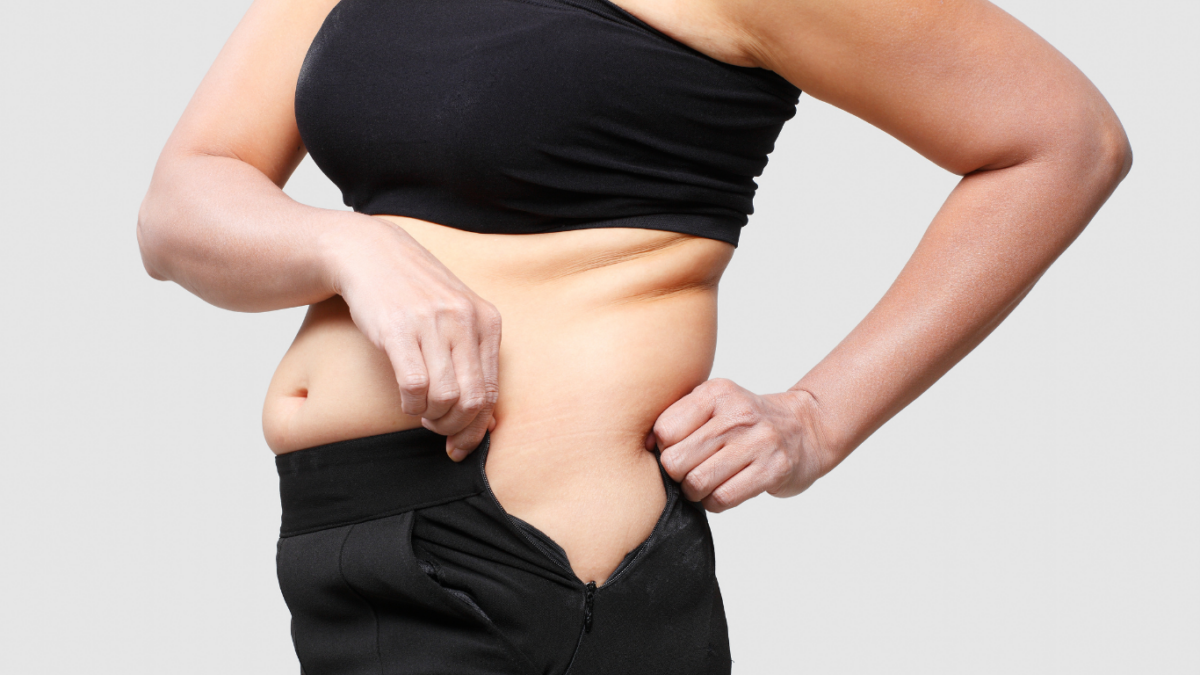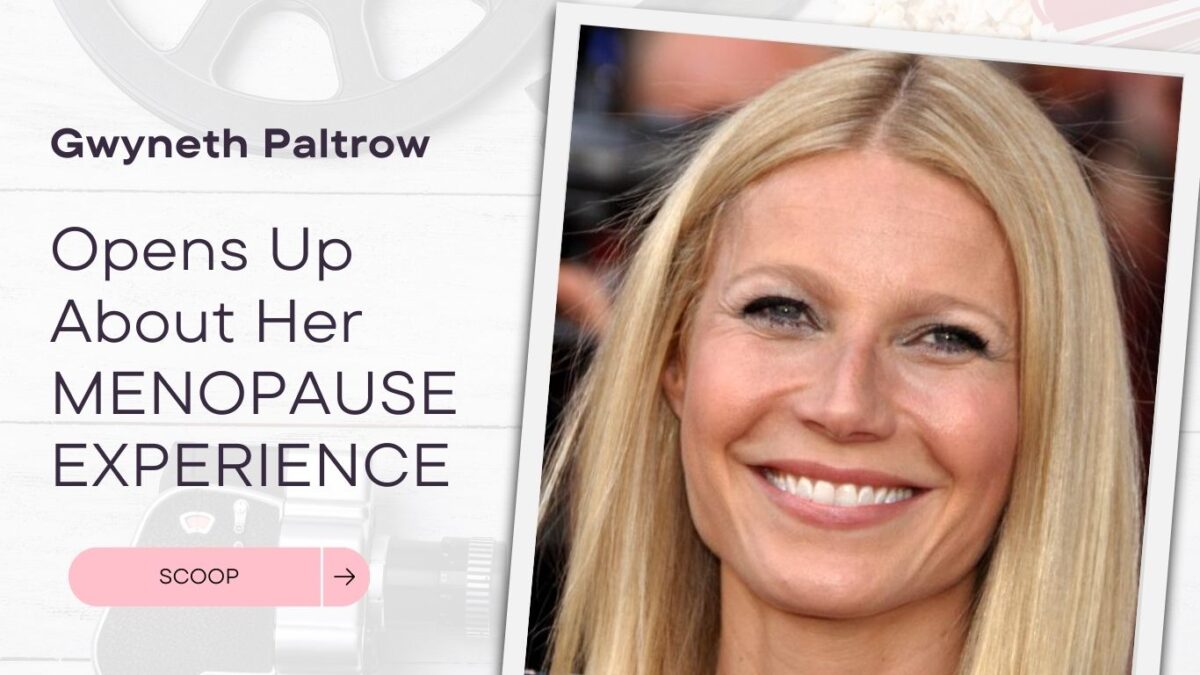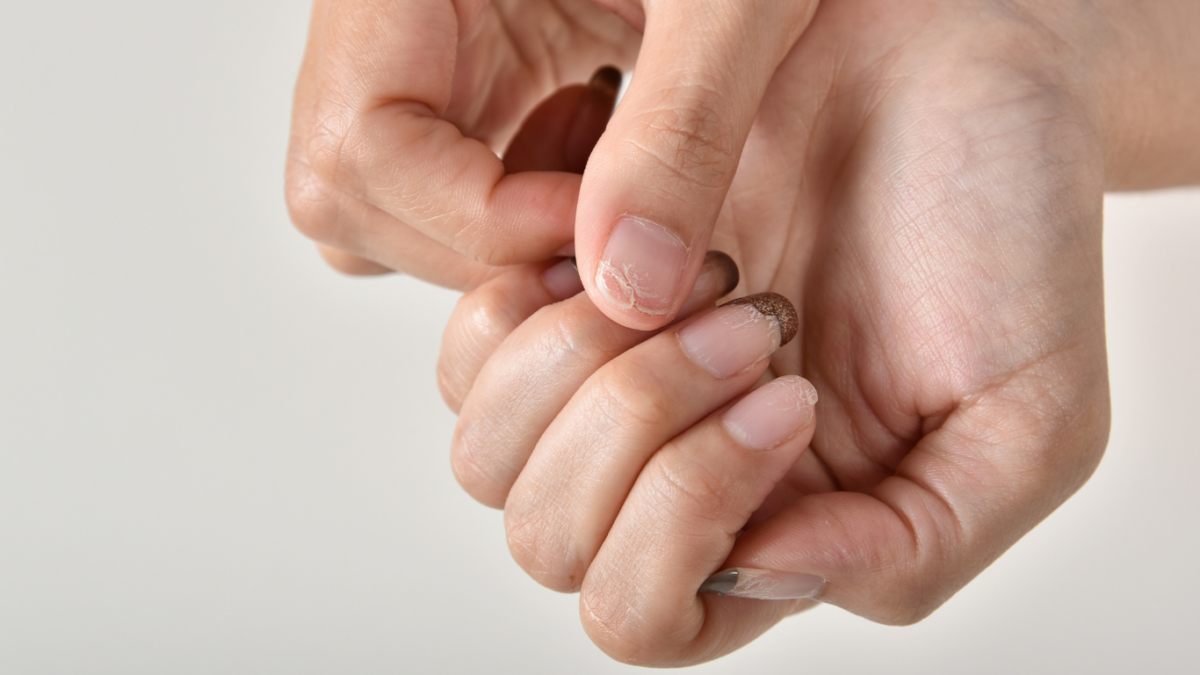Menopause often comes with a few unwelcome changes. One of the most noticeable shifts is the way our bodies handle weight, especially around the midsection. If you’ve been nodding along, thinking about that stubborn belly fat that seemed to appear out of nowhere, this article is for you. Let’s dive into the science behind menopause belly fat and explore some effective strategies to keep it at bay.
Why Does Menopause Affect Weight?
- Hormonal Rollercoaster: Menopause isn’t just about hot flashes and mood swings. It brings about significant hormonal changes that directly influence how our bodies store fat and utilize calories.
- The Estrogen Effect: As estrogen levels take a nosedive during menopause, our bodies become less sensitive to insulin. This makes it easier for us to gain weight.
- Androgen Appetite: A spike in androgen levels can amplify our hunger pangs and make us reach out for those comforting, calorie-laden snacks more often.
- Changing Body Dynamics: As we age, there’s a natural decline in our physical activity levels and muscle mass. This means our bodies need fewer calories. But if our eating habits remain unchanged, weight gain is inevitable.
- Sneaky Fat Redistribution: Even if you’ve managed to maintain your weight, you might notice a shift in where your body stores fat. Thanks to menopause, there’s a higher likelihood of it settling around your belly.
Three Proven Strategies to Beat the Menopause Belly Bulge
1. Intermittent Fasting
Think of this as giving your digestive system a break. By reducing your eating hours, you can effectively combat belly fat.
But how effective and healthy is intermittent fasting for shedding pounds?
Popular Intermittent Fasting Methods:
- Alternate-day fasting: Consume a balanced diet one day, then either fast or consume a small meal (typically under 500 calories) the next.
- 5-2 fasting: Eat regularly for five days and fast for the remaining two days of the week.
- Daily time-restricted fasting: Limit eating to an eight-hour window daily. For instance, one might eat between 11 a.m. and 7 p.m., skipping breakfast.
Potential Benefits: Recent studies indicate that intermittent fasting might offer some short-term advantages. It can induce ketosis, where the body, lacking glucose, burns stored fat, producing ketones. This process, combined with reduced calorie intake, can result in weight loss. Research indicates that alternate-day fasting can be as effective as traditional low-calorie diets.
Additionally, fasting can influence metabolic activities, potentially reducing inflammation and enhancing blood sugar control. Some studies suggest it might benefit conditions linked to inflammation, such as arthritis and asthma.
However, the long-term effects of intermittent fasting remain largely unexplored, making its enduring health impacts uncertain.
Possible Side Effects: Intermittent fasting isn’t without its drawbacks. Common side effects include hunger, fatigue, sleep disturbances, mood swings, difficulty concentrating, nausea, constipation, and headaches. Fortunately, these usually subside within a month.
For some, intermittent fasting is more manageable than daily calorie counting. However, those with fluctuating schedules might find it challenging to maintain.
Is It Suitable for Everyone? Intermittent fasting isn’t a one-size-fits-all solution. It’s not advised for individuals under 18, those with a history of eating disorders, or pregnant or breastfeeding women. Athletes might struggle to meet their energy needs, and those with medical conditions should consult their healthcare providers before starting.
Remember, the essence of weight loss, even with intermittent fasting, is to consume fewer calories than you burn. Overeating during non-fasting windows can counteract benefits.
While practicing intermittent fasting, it’s crucial to ensure a nutrient-rich diet, emphasizing fruits, vegetables, whole grains, low-fat dairy, and lean proteins.
Extreme versions of fasting, such as dry fasting (which excludes both food and fluids), can be hazardous, leading to severe dehydration. Prolonged severe calorie restriction, like consistently consuming fewer than 1,200 calories daily, can also result in malnutrition.
2. Carb Consciousness
With reduced insulin sensitivity during menopause, it’s crucial to watch our carb intake. Foods that cause a rapid spike in insulin, especially refined carbs, are the usual culprits. Instead of reaching for that pasta or bread during dinner, why not try some grilled fish with a side of fresh, non-starchy veggies? Aim to keep your daily carb intake under 100 grams.
Understanding Insulin Sensitivity During Menopause: Insulin is a hormone responsible for regulating blood sugar levels. When we consume carbohydrates, they are broken down into glucose, which enters the bloodstream. In response, the pancreas releases insulin to help cells absorb this glucose for energy. Insulin sensitivity refers to how responsive our cells are to insulin. High sensitivity means cells readily take in glucose, while reduced sensitivity (or insulin resistance) means cells don’t respond as efficiently, leading to higher blood sugar levels.
During menopause, the drop in estrogen levels can diminish insulin sensitivity. This means that the body might require more insulin to process the same amount of glucose, increasing the risk of weight gain and type 2 diabetes.
The Role of Carbohydrates: Carbohydrates are a primary source of energy. However, not all carbs are created equal. Refined carbohydrates, found in foods like white bread, pasta, and sugary snacks, are quickly digested and absorbed, causing a swift rise in blood sugar. This rapid spike demands a substantial insulin release. Over time, consistently high insulin levels can further reduce insulin sensitivity.
Making Informed Dietary Choices: Given the reduced insulin sensitivity during menopause, it’s essential to be mindful of carbohydrate intake. Instead of foods that cause a quick sugar rush, it’s beneficial to opt for those that provide a steady energy release.
For instance, while pasta and bread, especially if white and refined, can lead to a rapid blood sugar spike, alternatives like grilled fish offer protein that satiates without drastically affecting blood sugar. Pairing such proteins with non-starchy vegetables, like broccoli, spinach, or zucchini, ensures you get essential nutrients and fiber, which further aids in stabilizing blood sugar levels.
Setting a daily goal, like keeping carbohydrate intake under 100 grams, can be a helpful guideline. This doesn’t mean avoiding carbs entirely but choosing quality sources and being aware of portion sizes.
By understanding the relationship between menopause, insulin sensitivity, and carbohydrates, women can make dietary decisions that support their metabolic health and overall well-being.
3. Discover Your ‘Why’
The Essence of True Motivation
Weight loss isn’t just about looking good. It’s about feeling good, both physically and mentally. To stay motivated, list down at least 10 reasons why you want to shed those extra pounds. Go beyond the usual reasons. Maybe you want to rock that dress you bought years ago, or perhaps you’re looking forward to playing with your grandkids without getting winded. Find your personal motivation.
Beyond the Surface
- More Than Just Looks: While the allure of fitting into a smaller size or looking good for a special event can be enticing, these motivations might not sustain you in the long run. True, lasting motivation often stems from a desire for a better quality of life, enhanced self-confidence, and an overall sense of well-being. It’s about feeling good from the inside out, not just the reflection in the mirror.
- Emotional and Physical Wellness: The journey to weight loss isn’t just about shedding pounds; it’s about shedding doubts, fears, and limitations. It’s about embracing a healthier lifestyle that uplifts your spirit, boosts your confidence, and enhances your physical vitality.
Crafting Your Personal Motivation Blueprint
- The Power of a Personal Journal: Taking the time to introspect and jot down your reasons for wanting to lose weight can be a transformative exercise. This isn’t just a list; it’s a reflection of your deepest desires, hopes, and dreams. [Here’s 100 Motivations to Lose Weight — Feel free to download and use it as your guide]
- Aligning with Core Values: Your reasons should be in harmony with what you truly value in life. Maybe it’s about being able to actively participate in family activities, or perhaps it’s the dream of embarking on adventures that you’ve always put off due to physical constraints.
- Varied Motivations: Your motivations can range from simple joys to grand aspirations. It could be the wish to wear a beloved dress that’s been sitting in your closet, the ambition to conquer a challenging mountain trek, or the heartfelt desire to play endlessly with your grandchildren without feeling drained.
- Your Anchor in Stormy Seas: There will be days of doubt, days when you might want to give up. On such days, revisiting your list can reignite your passion and remind you of why you started this journey in the first place.
Understanding your ‘why’ is like setting the coordinates for your journey. It ensures that even if you stray off the path momentarily, you have a clear direction to guide you back. By aligning your weight loss goals with deeply personal motivations, you not only set yourself up for success but also embark on a journey of self-discovery and growth.





